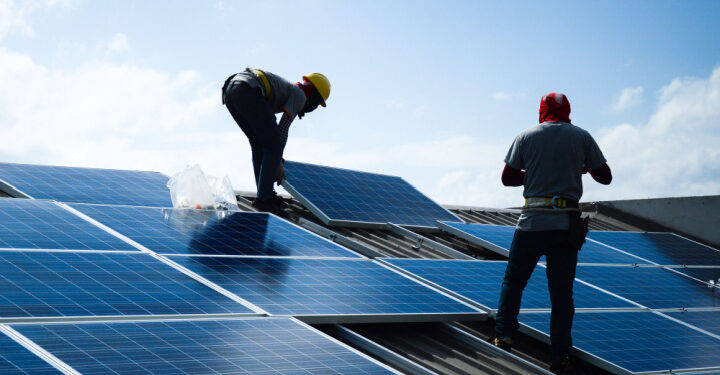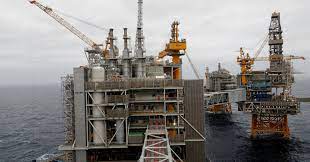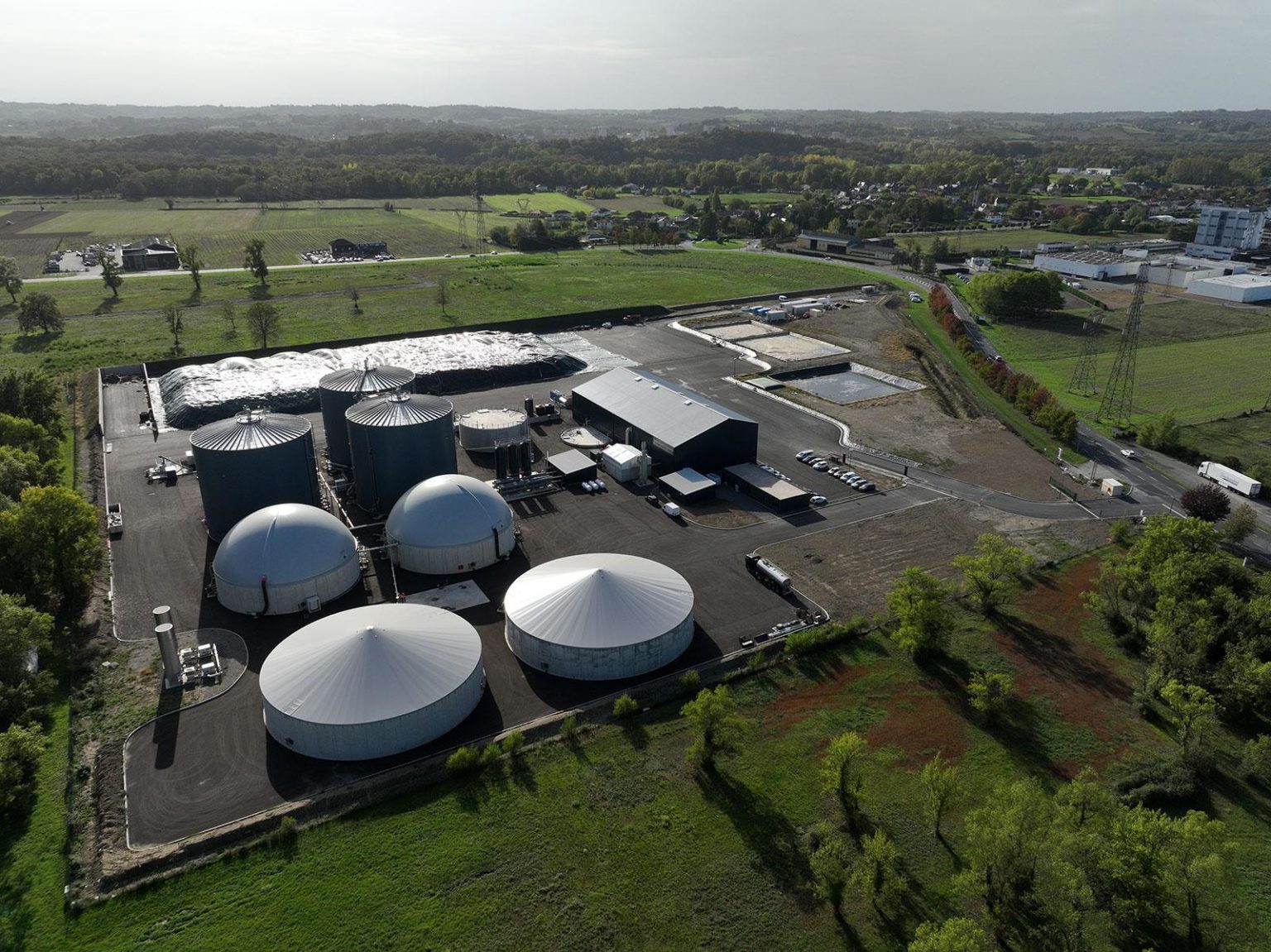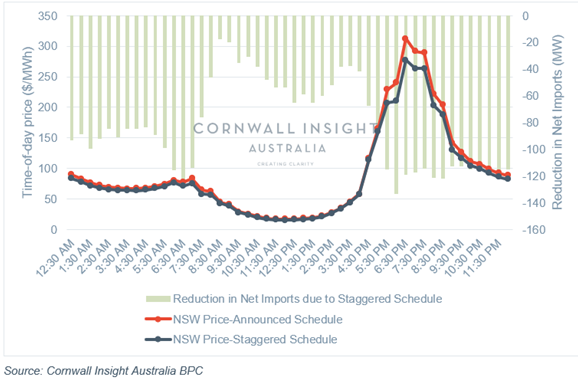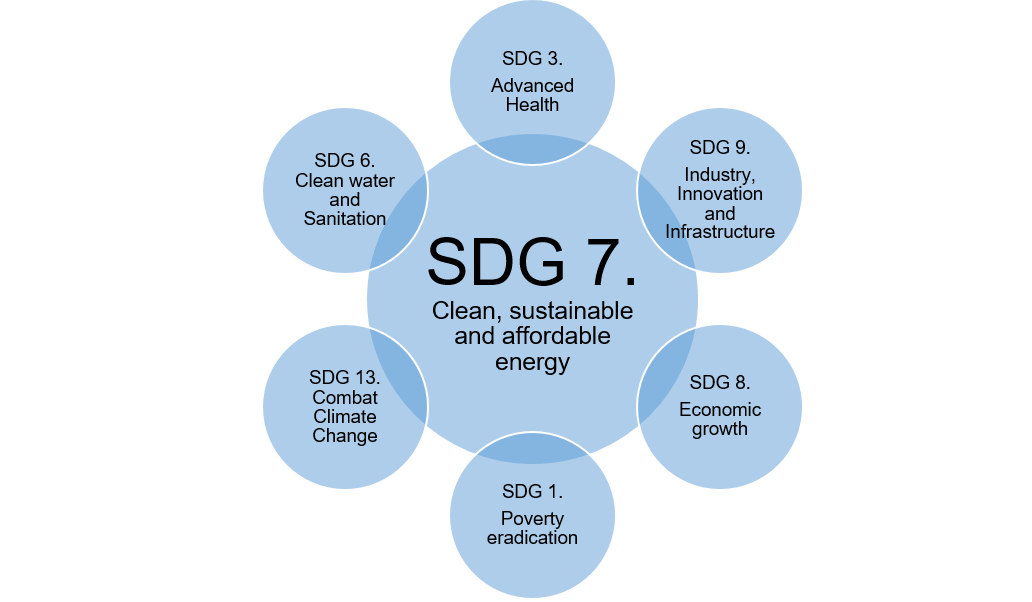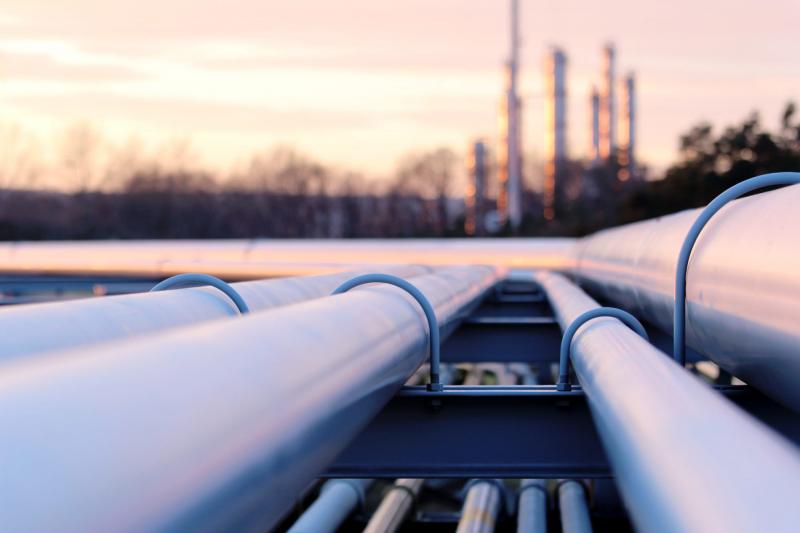If 2020 taught us anything it was the need for self-sustainability and the drive for cleaner energy moving into the next decade, as oil demand plummeted. Abi Dhabi is responding to the new energy outlook by pushing significant investments in oil and gas forward to meet the recent surge in demand, while also introducing a clear clean energy strategy. Over the last year, Abu Dhabi National Oil Co. (ANODC) attracted foreign investments totalling $17 billion, as well as increasing oil output to over 4 million bpd. Following a year of success for the industry, contrary to the experience of many other oil-rich states, a sum of $122 billion was approved for spending between 2021 and 2025.
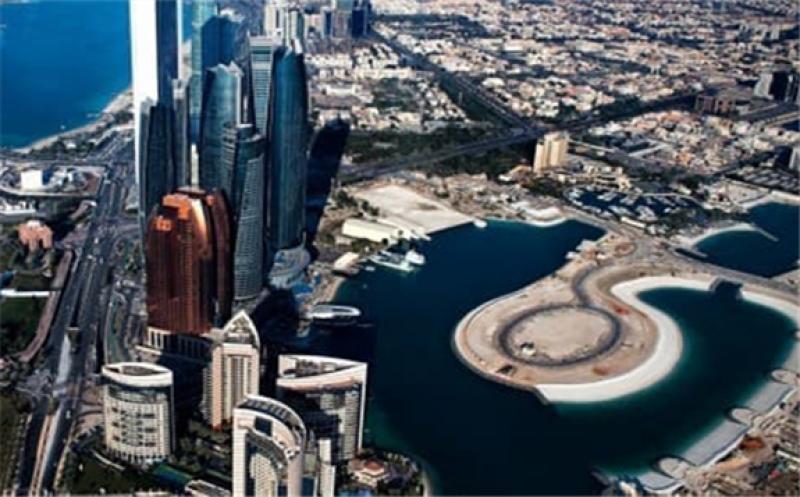
Heavy investment in oil and gas hopes to see the UAE, OPEC’s third largest producer, meet an output of 5 million bpd by 2030. This will be achieved through greater exploration, identification of proven reserves and increased production where possible.
Unlike several of the industry’s experts, ANODC expects demand for oil to increase to over pre-pandemic levels by 2030, making sure Abu Dhabi’s cheap oil extraction potential is being met as this demand increases.
ANODC has been busy over the last year, not only looking into traditional oil and gas production but also exploring opportunities to become more carbon efficient. The organization has signed agreements with both Eni and Total to explore carbon capture, utilization and storage (CCUS) to reduce its carbon footprint.
Around 800,000 tons of CO2 are captured by the ADNOC's Al Reyadah facility every year, with plans to increase this capacity by six times. The strategy allows for CO2 to be captured from ADNOC gas plants, as much as 5 million tons every year by 2030.
CCUS will be key for the country’s production of blue hydrogen, produced directly from these emissions. Thanks to its existing carbon capture infrastructure, Abu Dhabi is expected to become one of the biggest and lowest-cost producers of this type of energy.
The organization also has an ambitious plan to cut greenhouse gas emissions by 25 percent by 2030. It hopes to achieve this goal but combining increased production efforts with carbon-capturing technologies and low-carbon investments.
Abu Dhabi also has big plans for low-carbon technologies, announcing investments in the areas of hydrogen, both blue and green, and zero-carbon fuel for road, shipping and aviation transport in its virtual Abu Dhabi Sustainability Week last month.
Abu Dhabi is expected to work closely with Japan to develop fuel ammonia and CCUS technologies. Ammonia can be used in the development of zero-emission fuels, vital in the move away from fossil fuels.
However, Chairman of ANODC Sultan Al Jaber explained the need to keep oil and gas in the picture over the next decade or more, “to power… growth and ensure continued global progress, oil and gas will need to remain part of this energy mix for many years to come.”.
While Abu Dhabi is welcoming new forms of energy, looking at ways to bring old and new technologies together for a greener future, ANODC does not discount the importance of traditional fuel. Over the next decade, we can expect to see the UAE ramp up oil and gas production to full capacity, while also becoming a world leader in CCUS and hydrogen production.
This article is reproduced at oilprice.com
